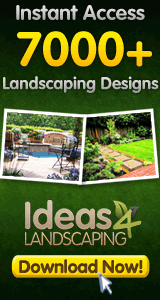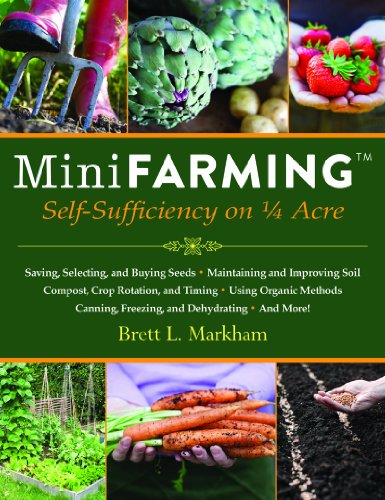Start a mini farm on a quarter acre or less, provide 85 percent of the food for a family of four and earn an income.
Mini Farming describes a holistic approach to small-area farming that will show you how to produce 85 percent of an average family’s food on just a quarter acre—and earn $10,000 in cash annually while spending less than half the time that an ordinary job would require. Even if you have never been a farmer or a gardener, this book covers everything you need to know to get started: buying and saving seeds, starting seedlings, establishing raised beds, soil fertility practices, composting, dealing with pest and disease problems, crop rotation, farm planning, and much more. Because self-sufficiency is the objective, subjects such as raising backyard chickens and home canning are also covered along with numerous methods for keeping costs down and production high. Materials, tools, and techniques are detailed with photographs, tables, diagrams, and illustrations.






One of the best on gardening, mini-farming, food self-sufficiency I just read this book and I am very impressed. It compares favorably both to classics of intensive gardening and to classics on self sufficiency. Less complicated than , less expensive and resource-hogging (in terms of peat moss, vermiculite, and grids) than (which is still well worth buying for the beginning gardener; the charts on planting for a continuous three-season harvest alone are probably worth the price of the book). More focused and with more current (though perhaps still debatable) numbers than , and written for an even smaller (and tractor-free) scale than .This book contains the simplest and most understandble description of double-digging that I have ever read, and the simplest way of placing seeds at the correct spacing in intensive gardening. It has good discussions of thermophilic composting and of the importance of aging compost; various types of irrigation systems; food requirements per person and practical ways of meeting them (including the economic infeasibility of growing wheat in the home garden); making aerated compost tea with a simple and inexpensive homemade system; the best media for seed starting; an introduction to saving and storing seeds, and references to excellent books that provide more information (such as and ); inexpensive ways to extend the growing season; fruit trees, bushes, and vines; raising poultry for eggs and/or meat; organic and certified naturally grown; and maximizing the money you make selling produce. The chapter on preserving the harvest by canning, freezing, and dehydrating (no mention of ) is not in-depth and will not take the place of other books on the subject, but serves as a good introduction. The only disappointment to me was that there was no mention of sheet composting (see ); I might suggest building your raised beds in that way rather than by double digging.If you are trying to move off the grid, grow 100% of your own food, and make your own clothes, this may not be the book for you. If you’d like to raise a lot of your own food in a garden that will fit in the typical suburban yard (the actual number of square feet he suggests cultivating for a family of three is just under 1/20th of an acre), this book is a great place to start.
Mini Farming: Self-Sufficiency on 1/4 Acre I have been gardening for 40 years and have read hundreds of articles and books on gardening. This one is “hands down” thebest one I have read. Markham takes complex topics and explains them in plain english. For example, I now know exactly how to modify soil Ph with specific products in specific measure. I understand how each element influences the equation and why using a variety of soil amendments is advisable. I finally understand the value of Boron in plant physiology with smart ways to apply it. I now “get it” about what bio-char is, how to make it, and why it is important to my soil. I finally understand exactly why deep roto-tilling actually hurts the soil even though it “looks good” in the garden. Thank you Brett!
Coffee Table Book I felt like this book was more of a coffee table picture book than a helpful guide to getting started on self sufficiency. There is plenty of information in the pages, but it’s all in block paragraphs that run together. I’d have to go through with highlighter and sticky notes to mark it if I wanted to find anything again.I much preferred The Backyard Homestead. It had much more easily referenced information and more user-friendly instructions, both written and illustrated. Definitely check Mini Farming out of your library to make sure its the choice for you before you invest in it.
Comments are disabled for this post.